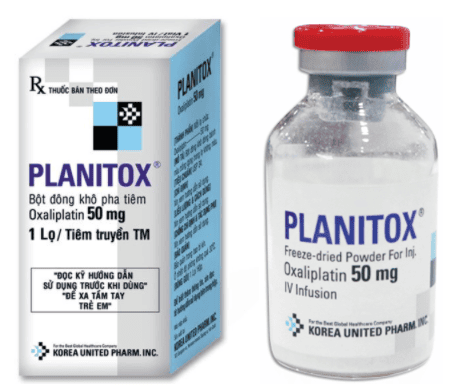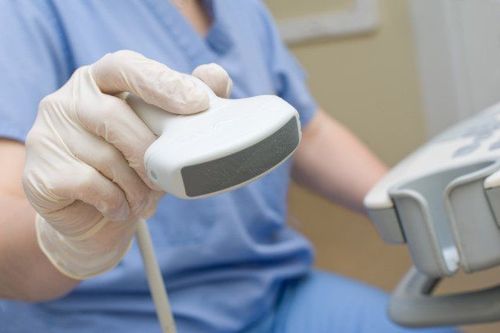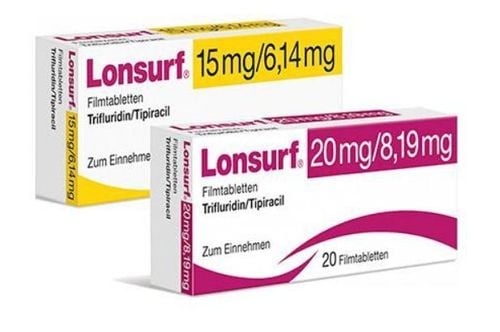This is an automatically translated article.
The article is professionally consulted by Master, Doctor Ton Nu Tra My - Department of Diagnostic Imaging - Vinmec Central Park International General Hospital.Ultrasound technique is performed with a specialized ultrasound probe that allows assessment of the uterus and ovaries (female); Prostate, seminal vesicles (men) and intraperitoneal components with high accuracy, rapidly referred to as transrectal ultrasound
1. What is transrectal ultrasound?
Transrectal ultrasound is performed intensively by doctors trained in obstetrics and gynecology ultrasound pathology and technique, rectal ultrasound pathology and technique, which is performed with an ultrasonographic transducer. Specialized sound allows assessment of uterus and ovaries (female); prostate gland, seminal vesicles (men) and subretinal components with high accuracy, fast.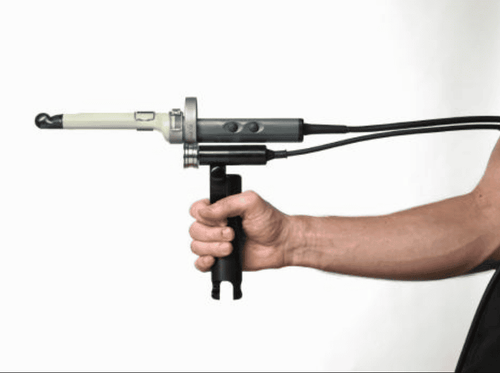
2. Diseases related to the rectum
2.1 Proctitis
It is the most common of the rectal diseases. The disease often occurs with cases of frequent use of alcohol in large quantities. In addition, for the elderly, when the function of the digestive system is impaired, there is also a risk of proctitis. Some common symptoms in patients include diarrhea, lower abdominal pain. The disease can increase the risk of rectal cancer if not treated promptly.2.2 Rectal prolapse
According to research, the percentage of women with rectal prolapse is 20% more than men. The reason for this is that a woman's rectum is easily pulled during childbirth.In addition, people over 60 years old, children are also susceptible to this disease.
The disease often has recognizable manifestations such as frequent bowel movements, diarrhea, weight loss, constipation and a feeling of heaviness in the lower abdomen.
2.3 Rectal cancer
Of all the diseases of the rectum, rectal cancer is the most dangerous with a high mortality rate if not detected and treated early.Genetics or bad eating and living habits that affect the rectum are the main causes of the disease. In addition, it is possible that other diseases of the rectum that are not treated properly, develop cancer.
Symptoms of rectal cancer are often quite vague, not clear when in the early stages. Symptoms will become more obvious as time goes on. The patient may have symptoms such as: abdominal pain, loose stools, bloody stools, fatigue, loss of appetite...
The patient may also experience other problems related to the rectum in addition to 3 the above common diseases, such as sexually transmitted bacterial infections, amoeba parasitic infections, gastrointestinal infections...
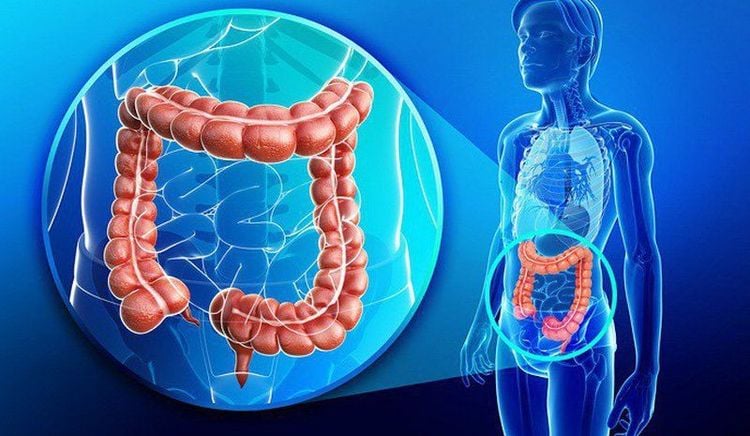
3. When to perform transrectal ultrasound?
Transrectal ultrasound is indicated in the following cases:Obstetric-gynecological diseases in female patients with contraindications to transvaginal ultrasound. Prostate disease (prostatitis, prostate tumor) with higher accuracy than transabdominal ultrasound. Lesions in the seminal vesicles, vas deferens, urethra: bloody ejaculation, pain during ejaculation, infertility... Tumor in the pelvis Lesions on the rectal wall, assessment of anal fistula.
4. Contraindications for transrectal ultrasound
Rectal ultrasound is contraindicated in the following cases:Patients with physical exhaustion Patients with coagulation disorders Patients with other diseases such as cardiovascular and respiratory conditions that do not meet the conditions for performing the procedure. Surgery Tumor or infection causing narrowing of the rectum Patients with internal hemorrhoids
5. Preparation of rectal transducer ultrasound
Before performing transrectal ultrasound, the patient should have a general examination to detect risk factors when performing the procedure such as cardiovascular disease, history of allergies ...Medical staff will advise and explain to the patient about the biopsy procedure: the need, possible complications, risks and risks during the procedure.
1 day before the biopsy, the patient is cleaned with an enema and prophylactic antibiotics (oral or injected).
At least 6 hours before the procedure, the patient fasts.
The patient is lying down, placing an intravenous line, installing a machine to monitor breathing, pulse, blood pressure, electrocardiogram, SpO2 in the intervention room.
People who perform this procedure, including:
Radiologists, Certified Obstetricians and Gynecologists, Anesthesiologists and technicians, Nurses With equipment , including:
Ultrasound machine with transrectal transducer Photo printer, image storage system, printing paper Medicines to be prepared include:
Local anesthetic Mucolytic antiseptic solution , skin Along with medical supplies including
Common medical supplies Physiological saline or distilled water Syringes tools.... Surgical tape, cotton, gauze Special medical supplies: Prepare specialized biopsy needle Prepare specialized aspiration needle Analoscope
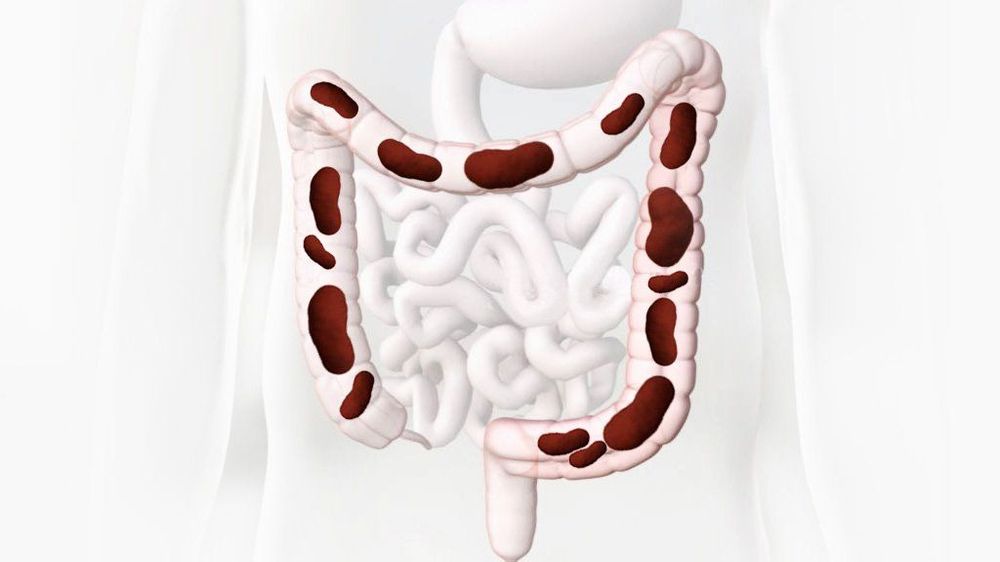
6. Perform transrectal ultrasound
Before the procedure, the patient urinates first. Healthcare workers need to prepare an intravenous line. The specialist should refer to previous imaging findings, if available. Before ultrasound, a rectal examination is required.When performing transrectal ultrasound, the patient is pre-anesthetized with the left side lying position, knees bent to the abdomen.
Transrectal ultrasound to evaluate prostate: size, lesion, border, boundary; assessment of obstetric and gynecological diseases: ectopic pregnancy, ovarian cysts, etc...; assessment of rectal tumors.
Should conduct a biopsy if there is suspicion under the guidance of transrectal ultrasound to take 10 samples according to the diagram, if there are nodules or suspected cancerous lesions, take one more sample at that location (number of samples) biopsies from 10 to 12 samples).
Biopsy samples will be placed in vials containing specimen holding solution and numbered sampling locations on each vial. Send the biopsy specimen to the Pathology Department. The biopsy is expected to take about 20 to 30 minutes.
Vinmec International General Hospital is a high-quality medical facility in Vietnam with a team of highly qualified medical professionals, well-trained, domestic and foreign, and experienced.
A system of modern and advanced medical equipment, possessing many of the best machines in the world, helping to detect difficult and dangerous diseases early in a short time, supporting the diagnosis and treatment of doctors the most effective. The hospital space is designed according to 5-star hotel standards, giving patients comfort, friendliness and peace of mind.
Please dial HOTLINE for more information or register for an appointment HERE. Download MyVinmec app to make appointments faster and to manage your bookings easily.







